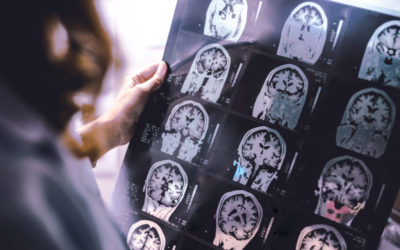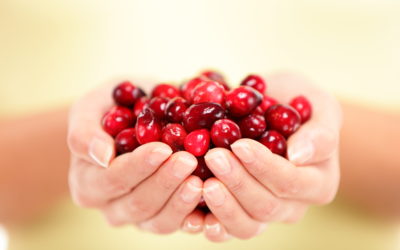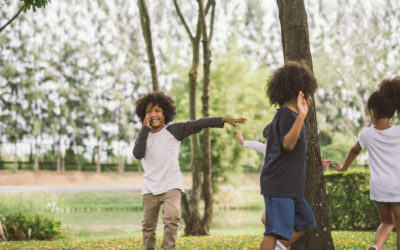Quick Hits
Daily brief research updates from the cognitive sciences

Yes, meditation can help with pain by changing your experience of it. I reported on that here. Another piece of research just published shows that how experienced meditators and novice meditators and their brains deal with pain slightly differently.
Joseph Wielgosz of the University of Wisconsin-Madison and Tor Wager, a neuroscientist at Dartmouth College, tried to identify signatures in the brain of pain and how this changes with mindfulness training.
They did this by recruiting participants undergoing an eight-week mindfulness training at the university. Pain was measured by a standardised process of applying heat to the arm. What they noticed is that in those undergoing mindfulness training signals related to the intensity of pain were reduced. That is a good thing.
However, what was intriguing is that they noticed that in those who had undergone more training and were more experienced meditators that peripheral messaging in the brain was different. That is pathways that seem to deal with attention and expectation were activated differently.
So, it seems that more experienced meditators’ brains deal with pain responses differently to novices. But of note is that in both groups pain was reduced through meditative techniques – and that is in itself a good sign and one that has been supported by other research.
Therefore, if you are in pain, do consider meditation as a viable route to pain management. With mostly positive side effects.

Andy Habermacher
Andy is author of leading brains Review, Neuroleadership, and multiple other books. He has been intensively involved in writing and research into neuroleadership and is considered one of Europe’s leading experts. He is also a well-known public speaker, speaking on the brain and human behaviour.
Andy is also a masters athlete (middle distance running) and competes regularly at international competitions (and holds a few national records in his age category).
Reference
Joseph Wielgosz, Tammi R.A. Kral, David M. Perlman, Jeanette A. Mumford, Tor D. Wager, Richard J. Davidson.
Neural Signatures of Pain Modulation in Short-Term and Long-Term Mindfulness Training: A Randomized Active-Control Trial.
American Journal of Psychiatry, 2022
DOI: 10.1176/appi.ajp.21020145
More Quick Hits
Brain Scans Can Predict Your Political Affiliation
Quick HitsDaily brief research updates from the cognitive sciences rain scanning of political partisans is not new and it has long been reported that brain scans can predict political affiliation. But those studies were scans of political partisans...
Children with Same-Sex Parents Are Socially Well-Adjusted
Quick HitDaily brief research updates from the cognitive sciences his is not the first study to report that children of same-sex parents are well adjusted, there are plenty, but it is one of the first to be representative and hence gives some...
Simple Exposure to New Things Makes Your Brain Ready to Learn
ouldn’t it be great if we could learn things with no effort? Well, actually we often do, and children learn vast quantities of information, and knowledge with little to no effort – think of how well we learn languages which become fiendishly...
So, Can Cranberries Improve Memory?
tend to be hesitant to report on studies of single foods doing amazing things (because many do), but this piece of research still caught my eye. So, what did this group of researchers from the University of East Anglia find? Well, they...
The Real Problem with Social Media: It Induces Dissociative States
Quick HitsDaily brief research updates from the cognitive sciences ocial media seems to hijack our brains – or at least according to popular narratives. Most of us have experienced this where you get stuck in an endless stream of content,...
Adventurous Play Boosts Mental Resilience in Kids
o, a simple cheap way to help your kids improve all life skills and strengthen mental wellbeing. Too good to be true? Well, this piece of research, just out, finds a fascinating correlation with mental health and kids. This correlation was...






